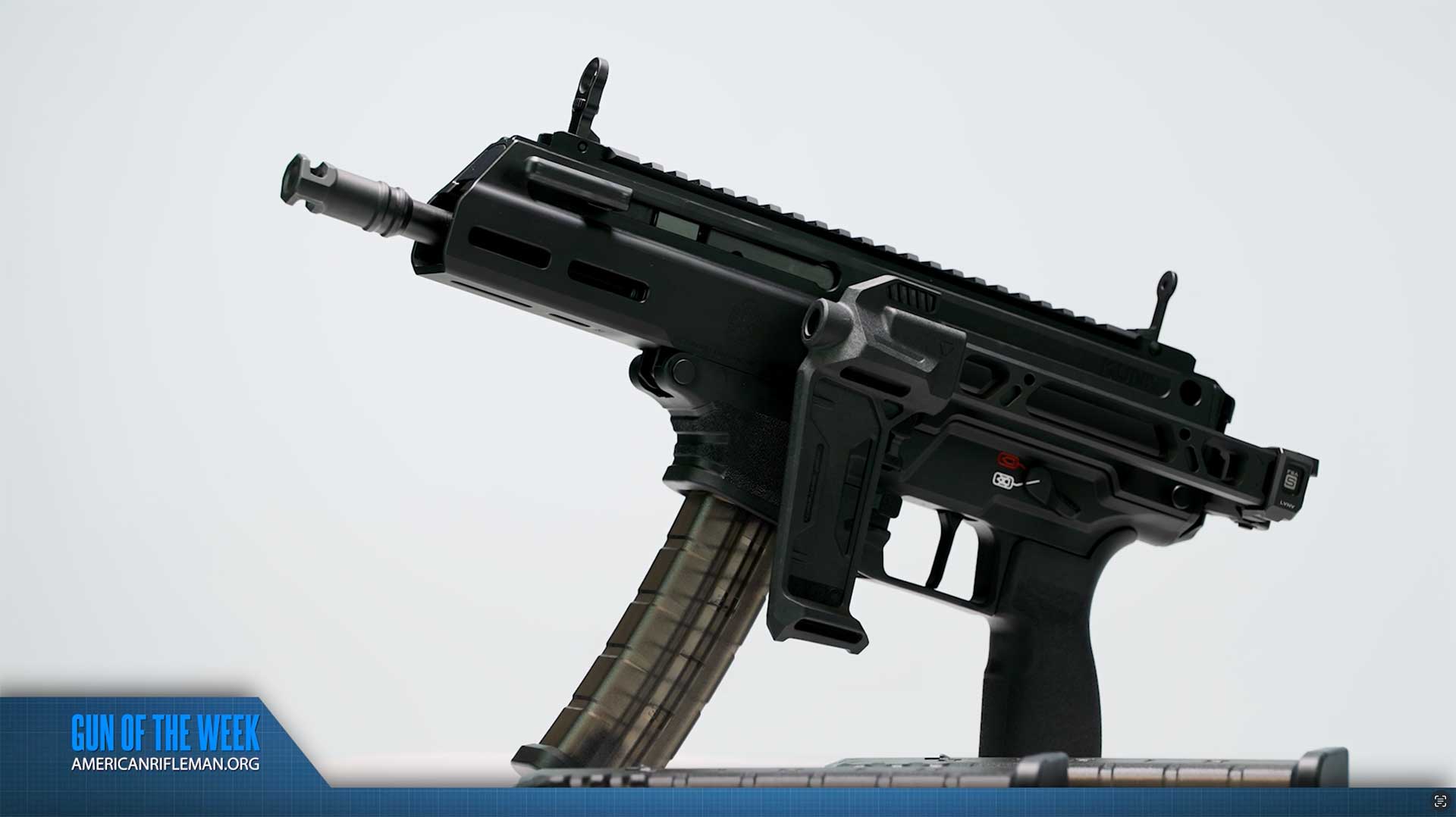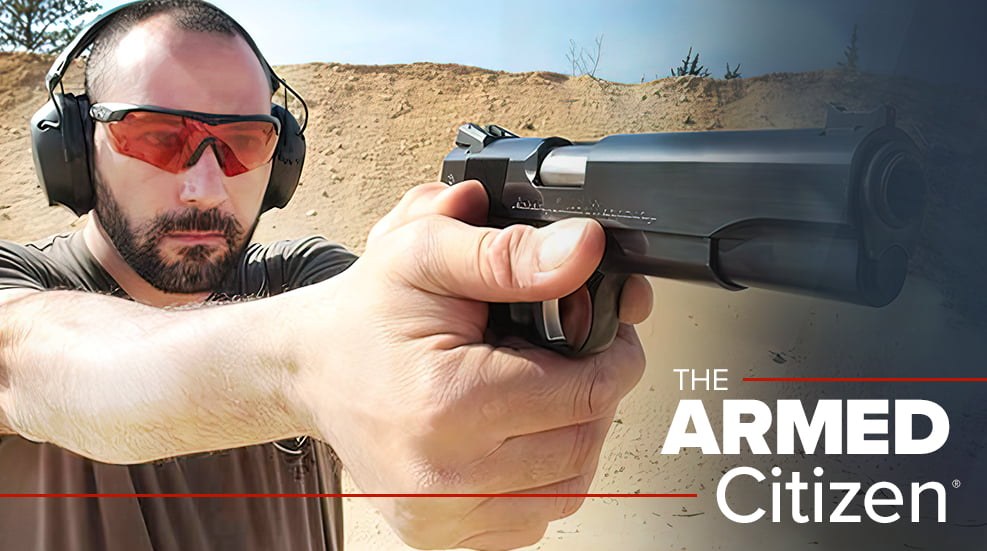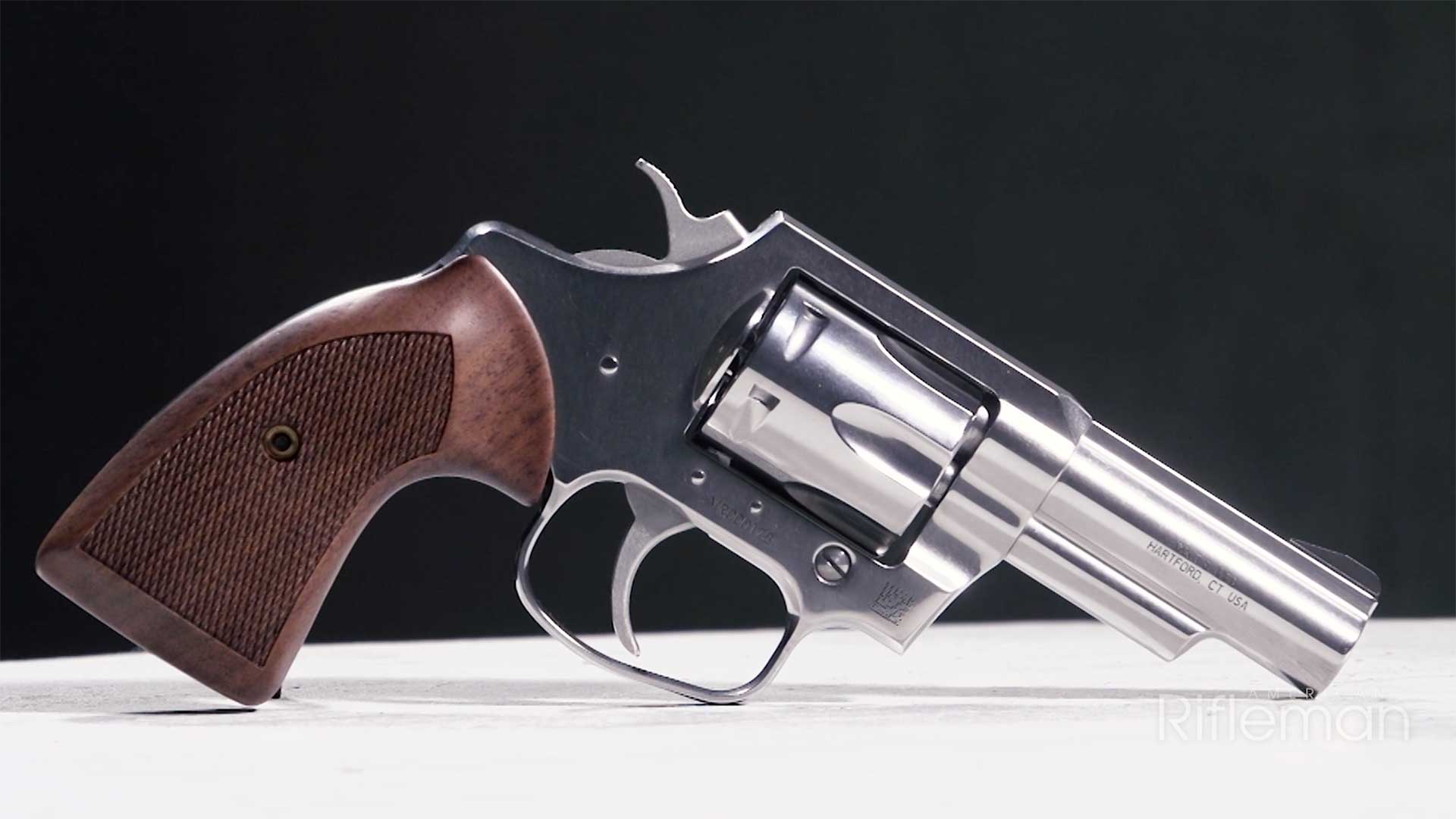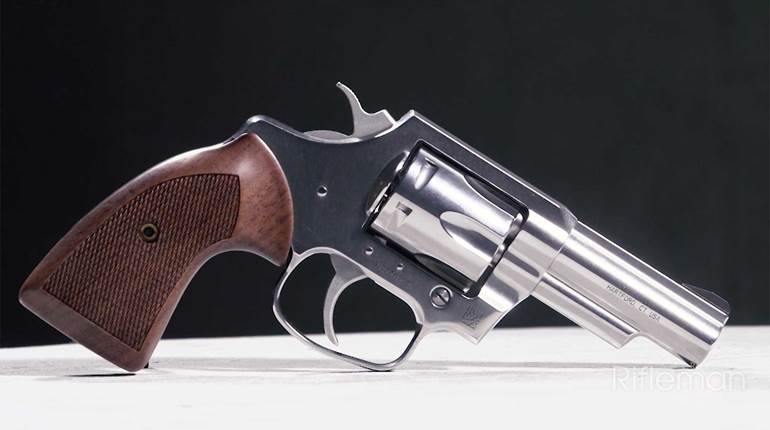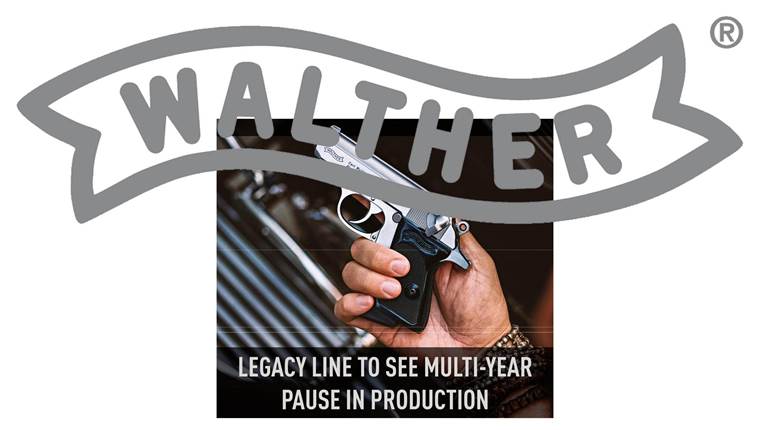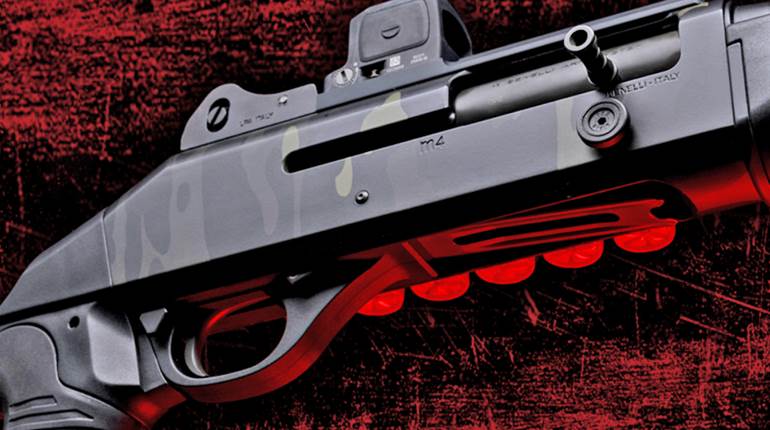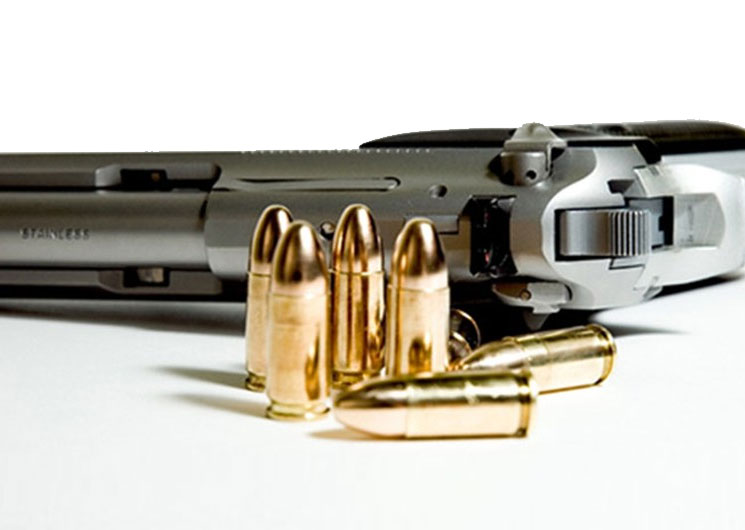
One thing’s for sure: Good-quality defensive handguns aren't cheap. The good news is that when properly maintained, they can last for years and years. And maintenance of your defensive handgun should be considered a critical component to your overall defensive plan. Here are some ideas that will get you headed in the right direction and help guarantee that, should you ever be faced with a violent criminal attack, your handgun will function properly.
Regardless of the type of handgun you use for personal defense, you should be able to field strip it. Field stripping doesn't mean that the gun has to be taken completely apart, just stripped down so that it can be properly cleaned. Just about every handgun comes with an owner's manual that explains how to accomplish this. If you purchased a used gun, you can generally contact the manufacturer for an owner’s manual, or even find it online. Failing those options, ask a qualified gunsmith or firearm instructor to show you how it is done.
With the modern ammunition available today, it is really not critical that a firearm be cleaned after each shooting session. However, regularly cleaning your defensive handgun is an excellent habit. Besides keeping the gun clean and in perfect operating condition, the cleaning process gives you the opportunity to examine the gun for worn parts or any other problem that might arise. During the middle of a gunfight is not the time to find out that your defensive handgun requires a trip to the gunsmith. Owner’s manuals, online sources and gunsmiths can all advise on the best way to clean your particular gun.
Critical to proper gun maintenance is lubrication. It has been my observation that most people fall into one of two categories: either they don't lubricate their guns at all or they use far too much lubrication. A few drops of light oil on specific areas of your handgun will suffice. Too much lubrication attracts dirt, burnt powder particles and lint, all of which may adversely affect the reliability of the firearm. The climate that you live in will dictate how much and how often the gun should be lubricated. I try to do this about once a month whether the handgun has been fired or not.
It is also important to realize that just any oil won't do as a gun lubricant. Motor oil, sewing machine oil and penetrating oil are not made for guns. It is important to use a light oil that is especially designed for firearms and does not get gummy over time.
For those who shoot a semi-automatic, it is also important to periodically replace the pistol's recoil spring. Springs will often weaken when the pistol has been fired quite a bit. For example, it is recommended that the recoil spring in a 1911 be changed out somewhere between 2,000 and 5,000 rounds. A couple of years ago, a 1911 custom gunsmith told me that he changed out his recoil spring every 1,000 rounds. Since recoil springs are not very expensive, I decided to follow this practice and believe that it is one reason that my .45 semi-autos remain so reliable.
Semi-automatic shooters also need to keep any eye on the pistol magazines. Many pistol malfunctions can be directly traced to damaged or worn magazines. It is best to keep a supply of good quality magazines on hand. And, for goodness sake, if a magazine begins to cause malfunctions, just throw it in the nearest garbage can and get a new one. Too many folks say, “Well, I will just keep it for my practice sessions.” This is simply a recipe for getting the bad magazine mixed up with the good ones. Again, a gunfight is not place to find this out. Bad magazine? Throw it away!
It is also a good idea to replace the defensive ammo that you are carrying on a regular basis. I do this about three times each year. I use the old ammunition for practice and stoke the gun and extra magazines with fresh ammunition. And, when you are loading your gun and spare ammo carrier with new ammunition, take the time to examine each round for damage. Over the years, I have come across about half a dozen rounds of factory ammunition that either had a damaged case or the primer upside down. It is rare, but it does happen.
When you wear a handgun every day, as I have done for more years than I care to count, they are subject to external wear and rust. My solution has been to keep an oily rag (again, gun oil, please) on the nightstand. When I take the gun off at the end of the day, I take just a moment to wipe it off with the rag. For this reason, I have guns that are 40 and 50 years old that look like they are almost new. And the practice gives me a daily opportunity to again examine the gun for any problems such as loose sights, screws and stocks.
If all of this sounds like I baby my defensive handguns, then you are reading me correctly. I can tell you from experience that a defensive handgun in good shape is a critical part of any defensive plan. Take care of it and it will take care of you.














